Key: The Palaearctic species of Sylvicola (Diptera: Anisopodidae)
|
A key based on the works by Krivosheina & Menzel (1998), Haenni (1997) and Søli (1992).
|
| References |
Haenni, J.-P., 1997. Anisopodidae (Diptera) de la faune de Suisse, avec la description d'une espèce nouvelle. - Mitteilungen der Schweizerischen Entomologische Gesellschaft 70: 177-186.
Krivosheina, N.P., & F. Menzel, 1998. The Palaearctic species of the genus Sylvicola Harris, 1776 (Diptera, Anisopodidae). - Beiträge zur Entomologie 48(1): 201-217.
Michelsen, V., 1999. Wood gnats of the genus Sylvicola (Diptera, Anisopodidae): taxonomic status, family assignment, and review of nominal species described by J.C. Fabricius. - Tijdschrift voor Entomologie 142(1): 69-75. (PDF)
Søli, G.E.E., 1992. The Norwegian species of Sylvicola Harris, 1776 (Diptera: Anisopodidae). - Fauna Norvegica, Serie B 39: 49-54.
|
| Last modified 08/01/2021 09:24 by Paul Beuk | No of couplets: 11 |
Key (online version)
|
|
1a |
| The bases of veins M1 and M2 arising from the discal cell at the same point, if a crossvein between them is present, then it is no more and 1/4-1/6 as long as the crossvein between M2 and M3 [Fig. 54]. Males holoptic [Fig. 39]. Distal part of R4+5 without dark marking. Male genitalia with basal ring that has a deep anteroventral concavity; hypoproct consisting of single, narrow lobe or of two lobes that are joint at the bases; claspers thin and S-shaped [Fig. 56]. |
| subg. Anisopus Meigen |
|
2 |
| b |
| Veins M1 and M2 arising separately from the discal cell, the distance between their bases at least 2/3 the length of the crossvein between M2 and M3 [Fig. 36]. Male holoptic or dichoptic. Distal part of R4+5 with dark marking of varying intensity. Basal ring of male genitalia without anteroventral concavity; hypoproct broad, either with or without shallow posterior concavity; claspers not developed [Fig. 28]. |
| subg. Sylvicola Harris |
|
5 |
| |
|
2a |
| Wing with dark band posterior of R2+3 [Fig. 49]. Hypoproct with two broad, finger-like lobes [Fig. 48][Fig. 47]. |
| S. (A.) punctatus (Fabricius, 1787) |
|
|
| b |
| Wing without dark marking posterior of R2+3 [Fig. 54]. Hypoproct differently shaped [Fig. 56][Fig. 42]. |
|
3 |
| |
|
3a |
| Hypoproct with one pointed lobe; apex of gonocoxite with small oval plate that is beset with short setae [Fig. 56][Fig. 55]. Female frons almost as wide as eye width (5 : 6). |
| S. (A.) fuscatoides Michelsen, 1999 |
|
|
| b |
| Hypoproct with paired, apically tapering lobes; apex of gonocoxites with strongly sclerotized plate that is beset with long, golden setae [Fig. 42][Fig. 53]. Female frons distinctly narrower than eye (2 : 3). |
|
4 |
| |
|
4a |
| Lobes of hypoproct rather slender and adjoining apically [Fig. 42][Fig. 40]; sclerotized plates on apices of gonocoxites with long internal projection, long golden setae only present on basal half and forming a tuft [Fig. 41]. [Female: Halters dark with pale knob. Wing with distance between R1 and R2+3 about twice as long as the distance between R2+3 and R4+5; discal cell pointed. [Fig. 43]]. |
| S. (A.) stackelbergi Krivosheina & Menzel, 1998 |
|
|
| b |
| Lobes of hypoproct broader and shorter, apically somewhat diverging [Fig. 53][Fig. 52]; sclerotized plates on apices of gonocoxites without projection, simple, with rows of inwardly curved setae along its whole length, setae more or less forming a comb [Fig. 50]. [Female: Halters pale. Wing with distance between R1 and R2+3 about three times as long as the distance between R2+3 and R4+5; discal cell truncate [Fig. 54].] |
| S. (A.) fuscatus (Fabricius, 1775) |
|
|
| |
|
5a |
| Wing with weakly developed yellowish spots on the apex of R4+5 and in middle of cell r1; wing membrane not darkened posterior of R2+3 [Fig. 18]. Eyes widely separated in males and females, frons slightly narrower than width of one eye. Gonostyles in male genitalia massive and broad; hypoproct broad and blunt apically, posterior margin almost straight and with pubescent lobes on anterolateral corners [Fig. 17]. |
| S. (S.) limpidus (Edwards, 1923) |
|
|
| b |
| Wing with brownish spots on the apex of R4+5 and in the middle of cell r1 and otherwise with several distinct and indistinct dark spots [Fig. 15][Fig. 36]. |
|
6 |
| |
|
6a |
| Wing strongly darkened apically and with two isolated pale spots (those in r2+3 and r4+5 are not contiguous) [Fig. 13]. Halters with blackish knob. Gonocoxites swollen apically and massive, almost rectangular in basal half, narrowed and lightly S-curved apically [Fig. 12]. |
| S. (S.) suzukii (Matsumura, 1916) |
|
|
| b |
| Wing with pale spots in r2+3 and r4+5 contiguous or pale area larger and connected to pale areas posterior of R4+5 [Fig. 15]. |
|
7 |
| |
|
7a |
| Dark apical spot in wing isolated and as a rule at most as long as the distance to the tip of R2+3, posterior margin distinct or indistinct [Fig. 36][Fig. 10]. |
|
8 |
| b |
| Dark apical spot usually without distinct posterior margin and connected posteriorly with the dark marking stretching across r1 and r2+3, as a rule at least 1.5 time as long as the distance to the tip of R2+3. Males holoptic. Distance between bases of M1 and M2 equal to or 1.5 as long as the distance between the bases of M2 and M3 [Fig. 15][Fig. 21]. |
|
11 |
| |
|
8a |
| Males holoptic, frons no wider than one ommatidion [Fig. 39]. Gonostyles short. Apical spot of wing dark and distinct [Fig. 10]. [Median stripe on mesonotum reaching scutellum?] |
|
9 |
| b |
| Males dichoptic, eyes widely separated. Gonostyles elongated. Apical spot of wing with indistinct posterior margin [Fig. 36]. [Median stripe on mesonotum not reaching scutellum?]. |
|
10 |
| |
|
9a |
| Gonostyles almost rectangular at base and with narrow pointed posterolateral projection, parameres (claspers?) not visible; aedeagal guide broad and posterior margin is clearly not its narrowest part [Fig. 9]. |
| S. (S.) zetterstedti (Edwards, 1923) |
|
|
| b |
| Gonostyles large, almost rectangular at base and with narrow truncate posterolateral projection; parameres well visible and with spoon-like apex; aedeagal guide less broad and gradually narrowing posteriorly [Fig. 37]. Female unknown. |
| S. (S.) baechlii Haenni, 1997 |
|
|
| |
|
10a |
| Male: Hypoproct broadly rounded and with distal pubescent lobes; gonostyles massive and without laterobasal projection [Fig. 35]. Female: subgenital plate with two parallel dark bars [Fig. 29]. [Distance between bases of M1 and M2 about equal to distance between the bases of M2 and M3?] |
| S. (S.) cinctus (Fabricius, 1787) |
|
|
| b |
| Male: Hypoproct narrowed apically, with posterior emargination and with median pubescent lobes; gonostyles narrower and with short laterobasal projection [Fig. 28]. Female: subgenital plate without parallel dark bars [Fig. 22]. [Distance between bases of M1 and M2 about equal to 1.5 the distance between the bases of M2 and M3?] |
| S. (S.) fenestralis (Scopoli, 1763) |
|
|
| |
|
11a |
| Pale spot in r2+3 distinct and surrounded by well developed dark spots; apex of R2+3 completely darkened [Fig. 21]. Halters pale. Hypoproct massive, almost rectangular; gonostyles massive and trapezium shaped [Fig. 20]. |
| S. (S.) japonicus (Matsumura, 1915) |
|
|
| b |
| Pale spot in r2+3 indistinct and surrounded by less distict dark markings; apex of R2+3 not darkened [Fig. 15]. Male halters with darkened knob. Hypoproct somewhat narrowed apically and with posterior emargination; gonostyles elongated and curved [Fig. 14]. |
| S. (S.) matsumurai (Okada, 1935) |
|
|
| |
| Images |
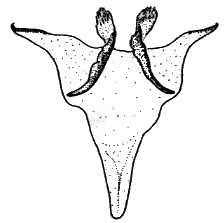 |
| Figure 5. Sylvicola (Sylvicola) zetterstedti: female genitalia. |
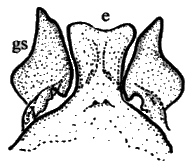 |
| Figure 6. Sylvicola (Sylvicola) zetterstedti: male genitalia. |
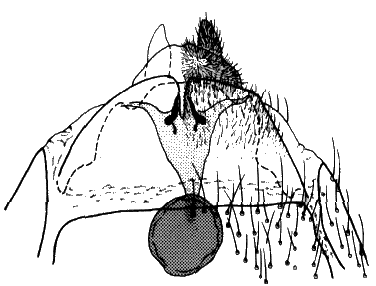 |
| Figure 7. Sylvicola (Sylvicola) zetterstedti: female genitalia. |
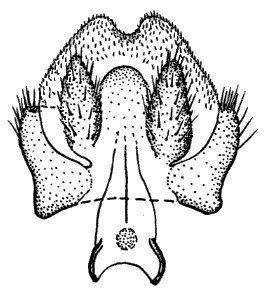 |
| Figure 8. Sylvicola (Sylvicola) zetterstedti: male genitalia. |
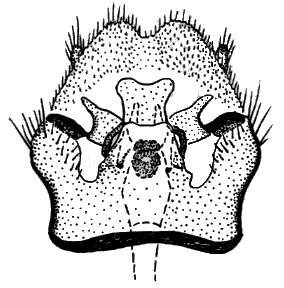 |
| Figure 9. Sylvicola (Sylvicola) zetterstedti: male genitalia. |
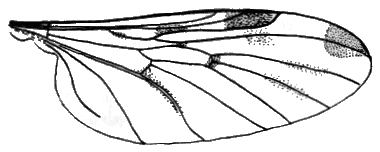 |
| Figure 10. Sylvicola (Sylvicola) zetterstedti: wing. |
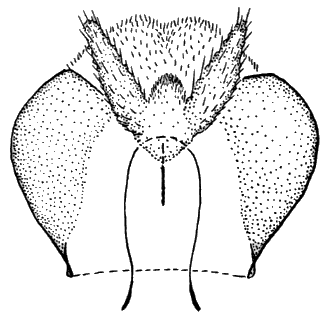 |
| Figure 11. Sylvicola (Sylvicola) suzukii: male genitalia. |
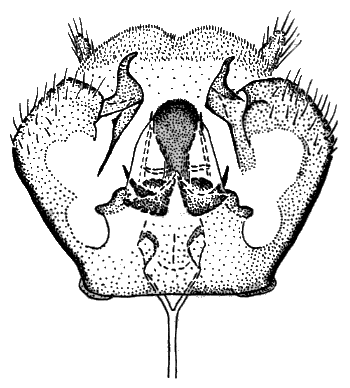 |
| Figure 12. Sylvicola (Sylvicola) suzukii: male genitalia. |
 |
| Figure 13. Sylvicola (Sylvicola) suzukii: wing. |
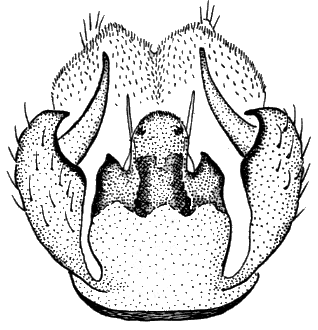 |
| Figure 14. Sylvicola (Sylvicola) matsumurai: male genitalia. |
 |
| Figure 15. Sylvicola (Sylvicola) matsumurai: wing. |
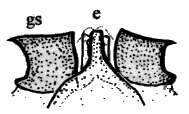 |
| Figure 16. Sylvicola (Sylvicola) limpidus: male genitalia. |
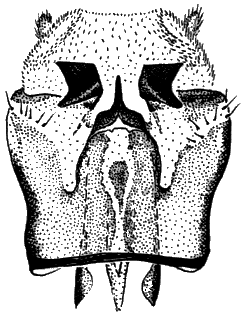 |
| Figure 17. Sylvicola (Sylvicola) limpidus: male genitalia. |
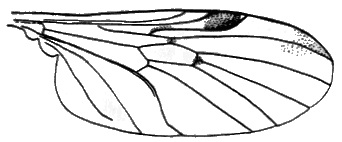 |
| Figure 18. Sylvicola (Sylvicola) limpidus: wing. |
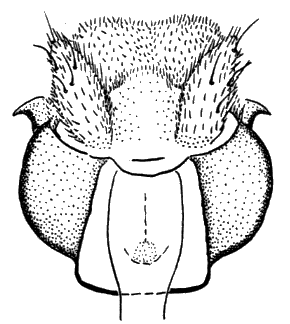 |
| Figure 19. Sylvicola (Sylvicola) japonicus: male genitalia. |
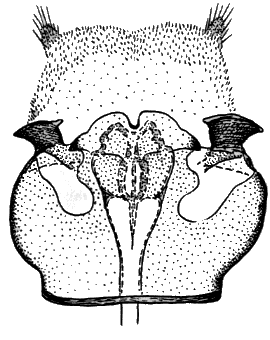 |
| Figure 20. Sylvicola (Sylvicola) japonicus: male genitalia. |
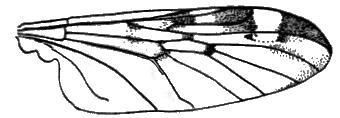 |
| Figure 21. Sylvicola (Sylvicola) japonicus: wing. |
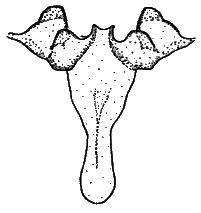 |
| Figure 22. Sylvicola (Sylvicola) fenestralis: female genitalia. |
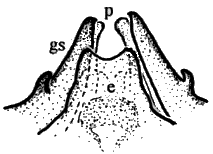 |
| Figure 23. Sylvicola (Sylvicola) fenestralis: male genitalia. |
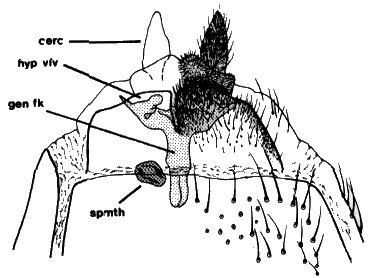 |
| Figure 24. Sylvicola (Sylvicola) fenestralis: female genitalia. |
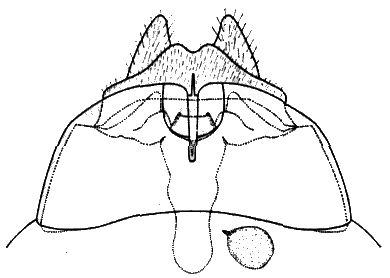 |
| Figure 25. Sylvicola (Sylvicola) fenestralis: female genitalia. |
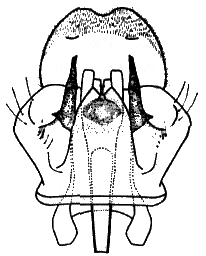 |
| Figure 26. Sylvicola (Sylvicola) fenestralis: male genitalia. |
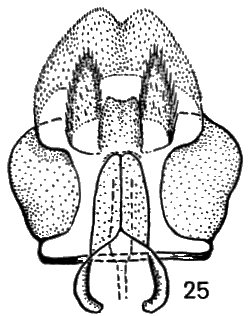 |
| Figure 27. Sylvicola (Sylvicola) fenestralis: male genitalia. |
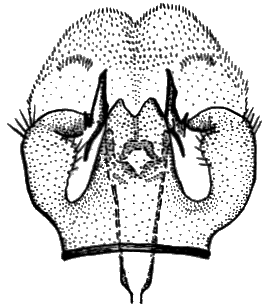 |
| Figure 28. Sylvicola (Sylvicola) fenestralis: male genitalia. |
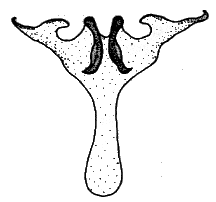 |
| Figure 29. Sylvicola (Sylvicola) cinctus: female genitalia. |
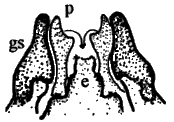 |
| Figure 30. Sylvicola (Sylvicola) cinctus: male genitalia. |
 |
| Figure 31. Sylvicola (Sylvicola) cinctus: female genitalia. |
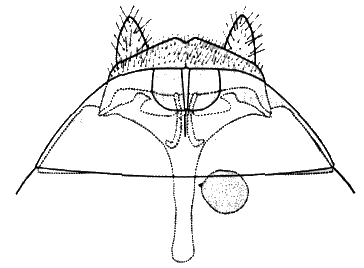 |
| Figure 32. Sylvicola (Sylvicola) cinctus: female genitalia. |
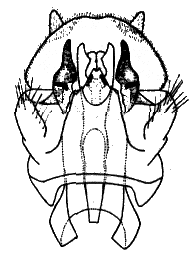 |
| Figure 33. Sylvicola (Sylvicola) cinctus: male genitalia. |
 |
| Figure 34. Sylvicola (Sylvicola) cinctus: male genitalia. |
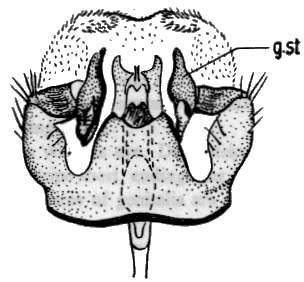 |
| Figure 35. Sylvicola (Sylvicola) cinctus: male genitalia. |
 |
| Figure 36. Sylvicola (Sylvicola) cinctus: wing. |
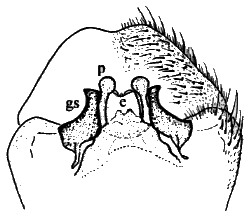 |
| Figure 37. Sylvicola (Sylvicola) baechlii: male genitalia. |
 |
| Figure 38. Sylvicola (Sylvicola) baechlii: wing. |
 |
| Figure 39. Sylvicola (Sylvicola) baechlii: male head. |
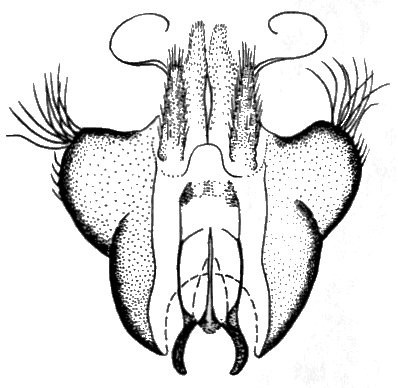 |
| Figure 40. Sylvicola (Anisopoda) stackelbergi: male genitalia. |
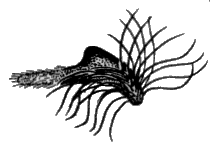 |
| Figure 41. Sylvicola (Anisopoda) stackelbergi: male genitalia. |
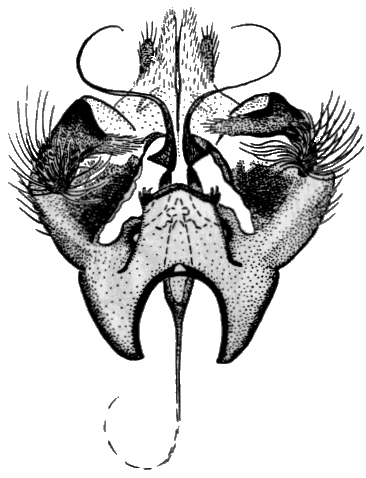 |
| Figure 42. Sylvicola (Anisopoda) stackelbergi: male genitalia. |
 |
| Figure 43. Sylvicola (Anisopoda) stackelbergi: wing. |
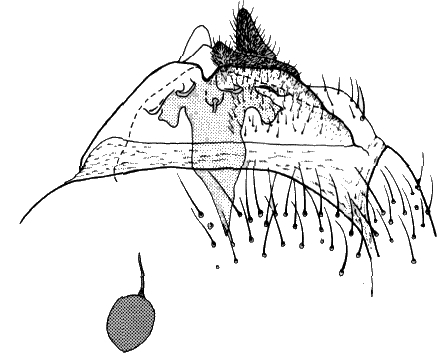 |
| Figure 44. Sylvicola (Anisopoda) punctatus: female genitalia. |
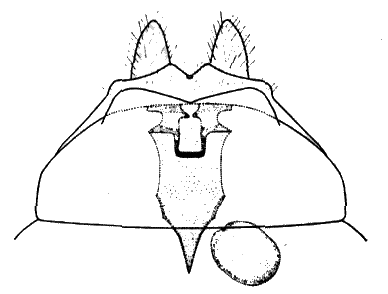 |
| Figure 45. Sylvicola (Anisopoda) punctatus: female genitalia. |
 |
| Figure 46. Sylvicola (Anisopoda) punctatus: male genitalia. |
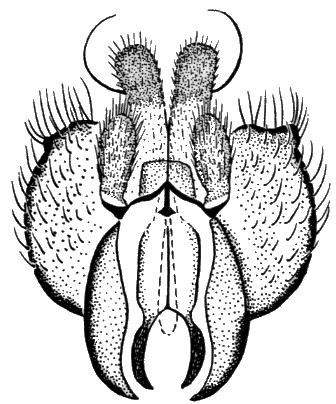 |
| Figure 47. Sylvicola (Anisopoda) punctatus: male genitalia. |
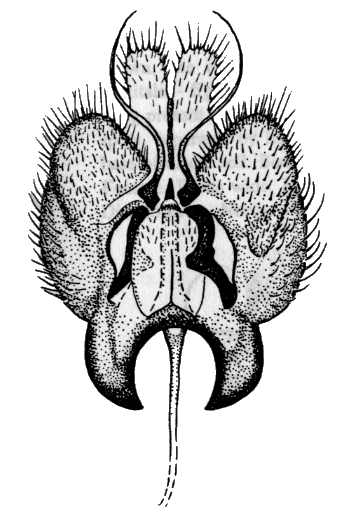 |
| Figure 48. Sylvicola (Anisopoda) punctatus: male genitalia. |
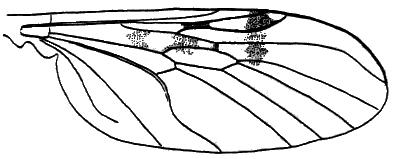 |
| Figure 49. Sylvicola (Anisopoda) punctatus: wing. |
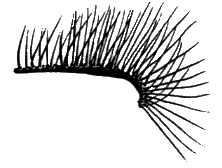 |
| Figure 50. Sylvicola (Anisopoda) fuscatus: male genitalia. |
 |
| Figure 51. Sylvicola (Anisopoda) fuscatus: male genitalia. |
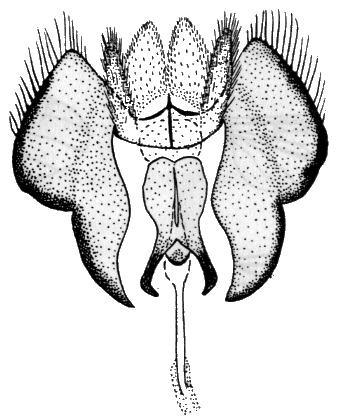 |
| Figure 52. Sylvicola (Anisopoda) fuscatus: male genitalia. |
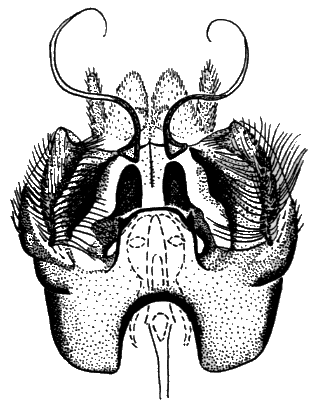 |
| Figure 53. Sylvicola (Anisopoda) fuscatus: male genitalia. |
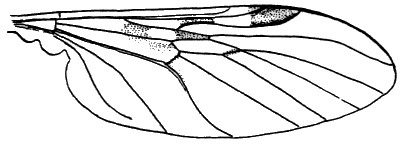 |
| Figure 54. Sylvicola (Anisopoda) fuscatus: wing. |
 |
| Figure 55. Sylvicola (Anisopoda) fuscatoides: male genitalia. |
 |
| Figure 56. Sylvicola (Anisopoda) fuscatoides: male genitalia. |
 |
| Figure 57. Sylvicola (Anisopoda) fuscatoides: wing. |









































































































